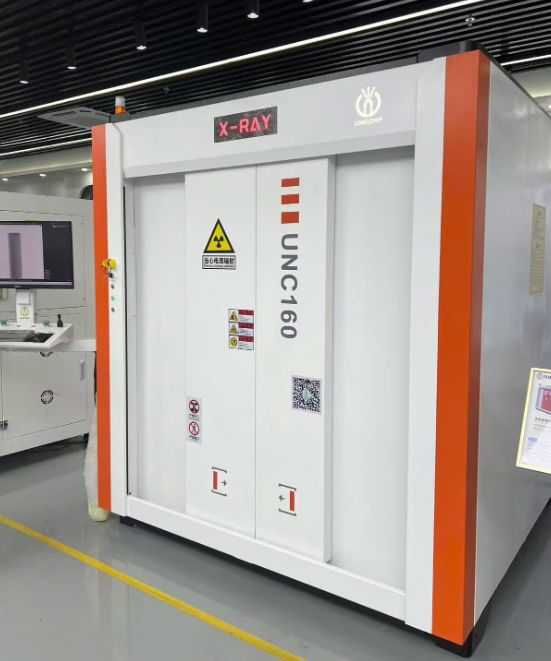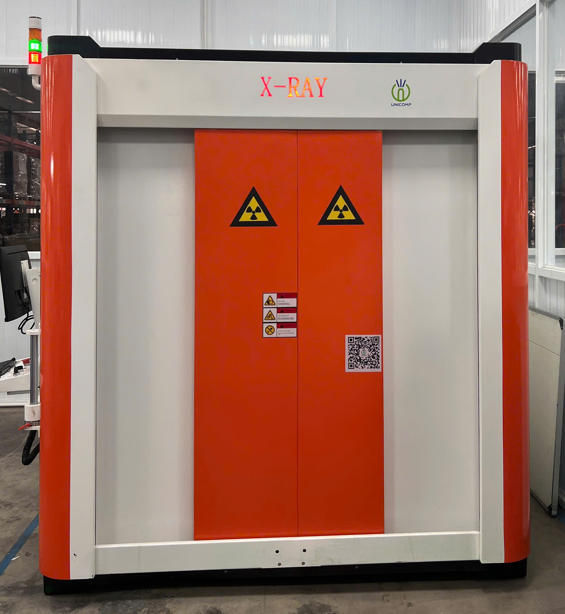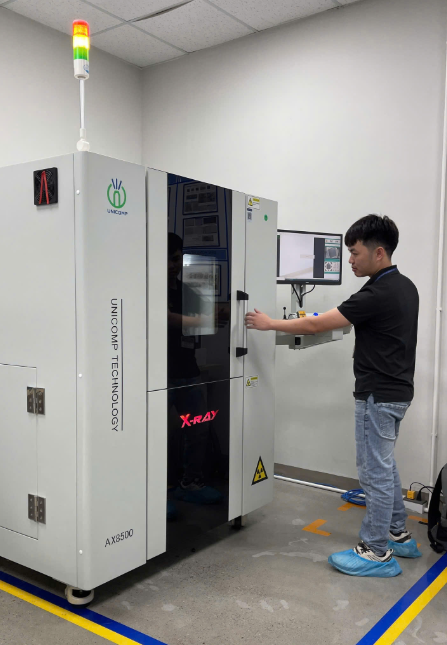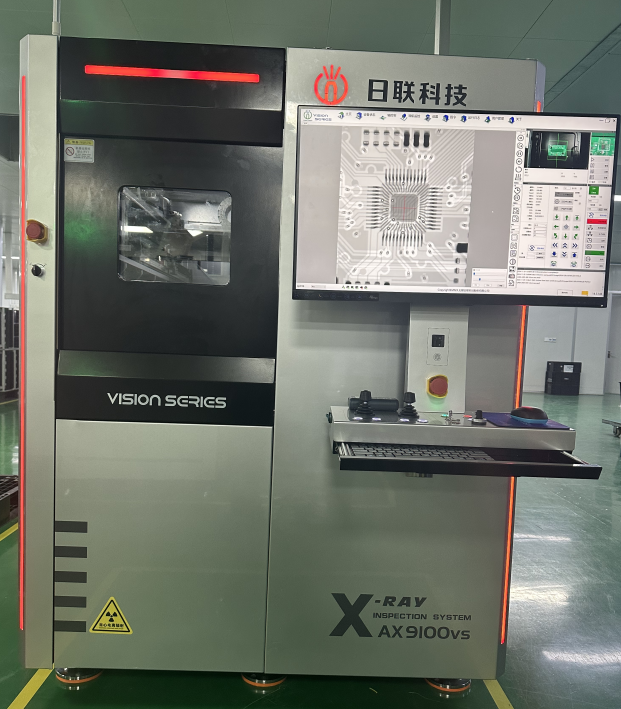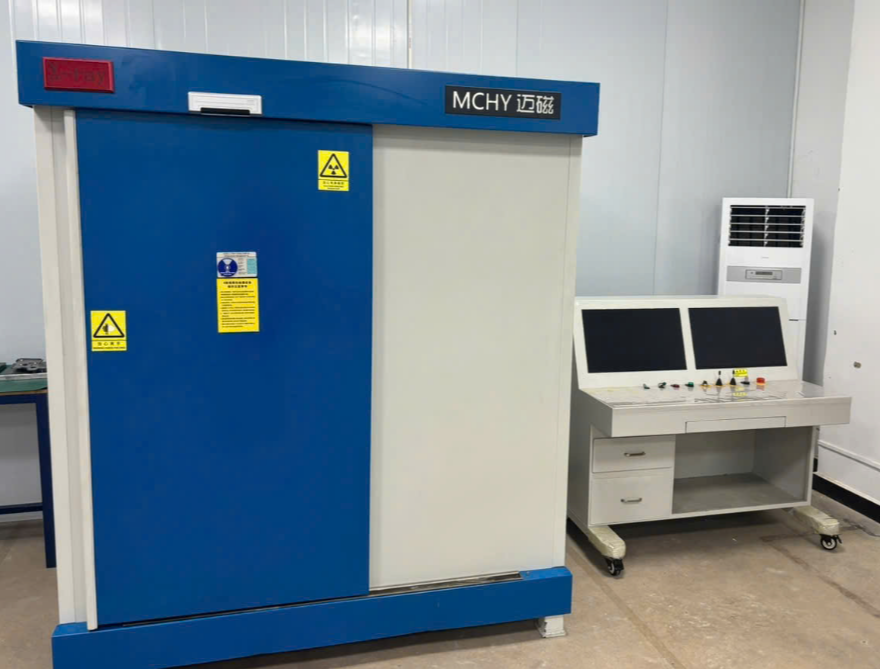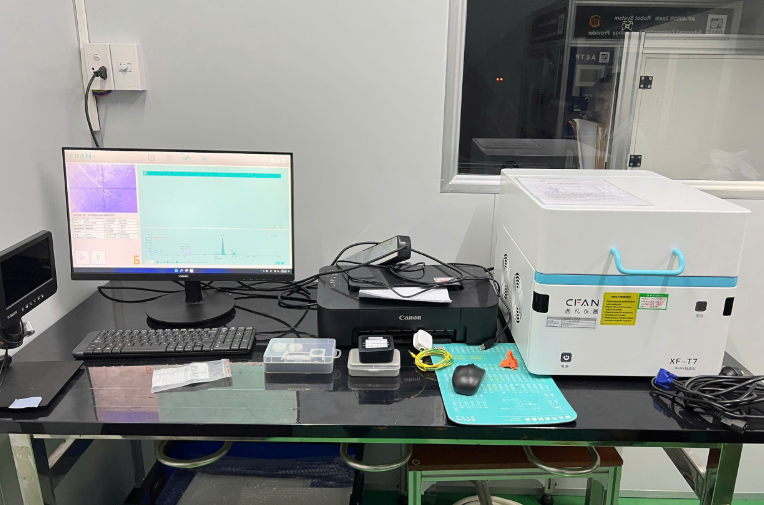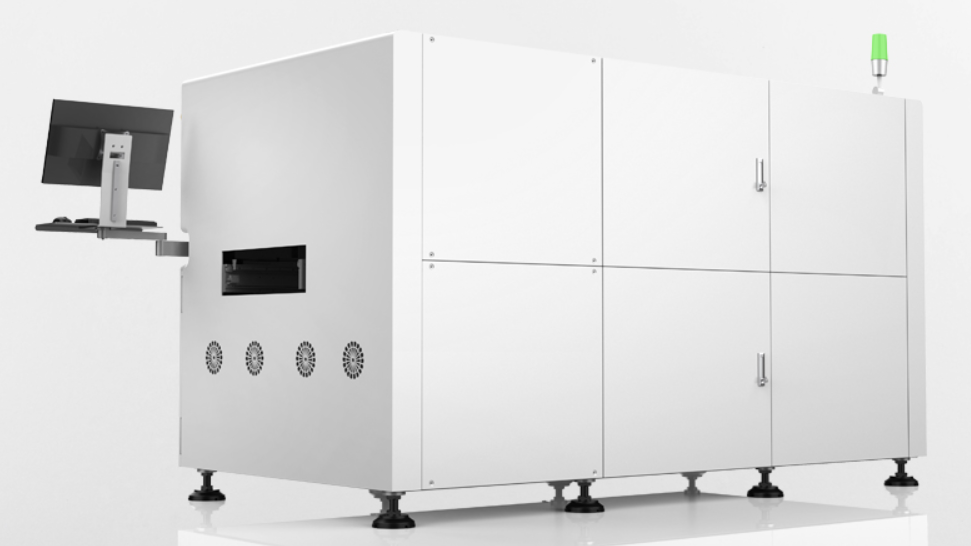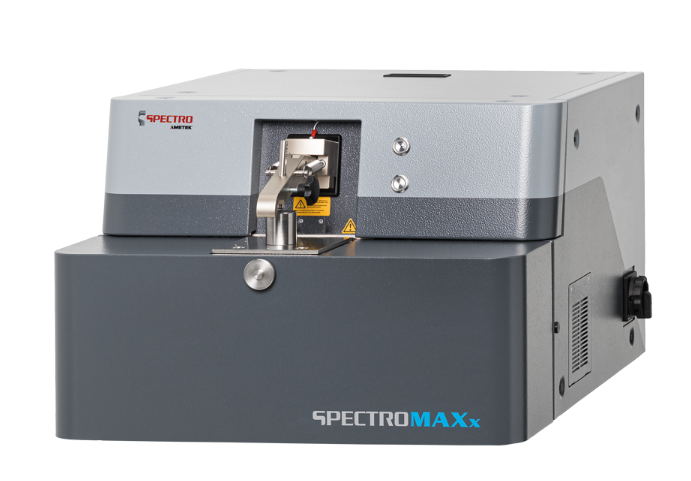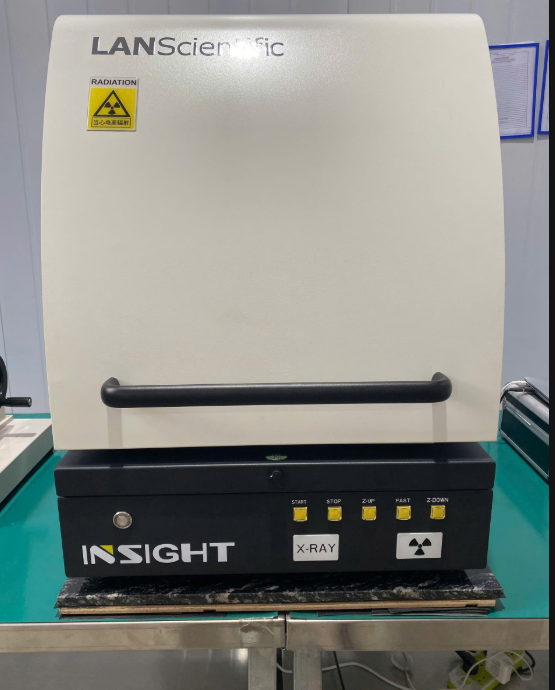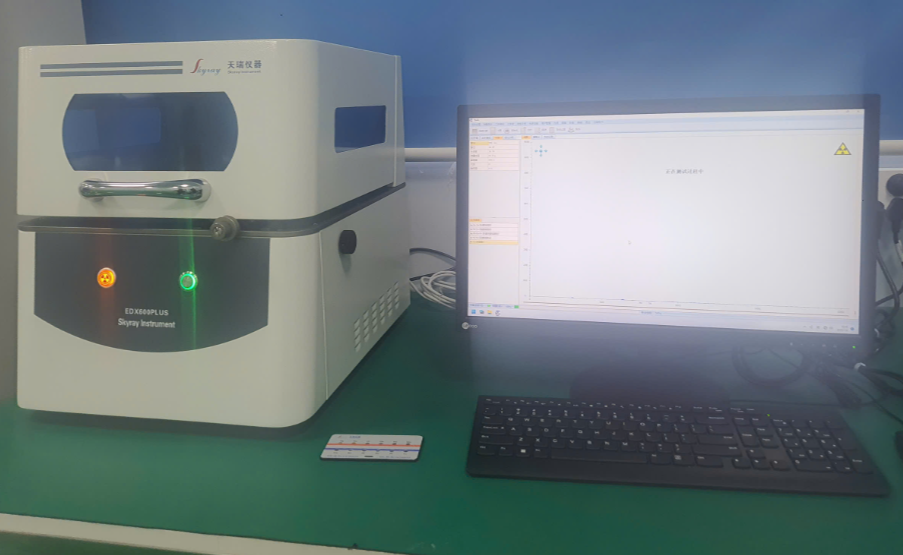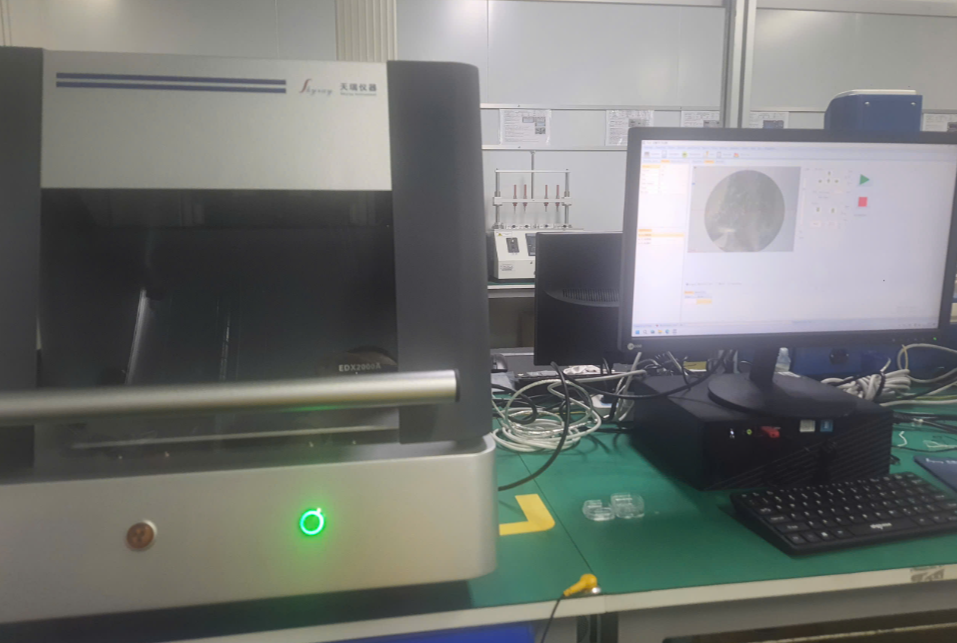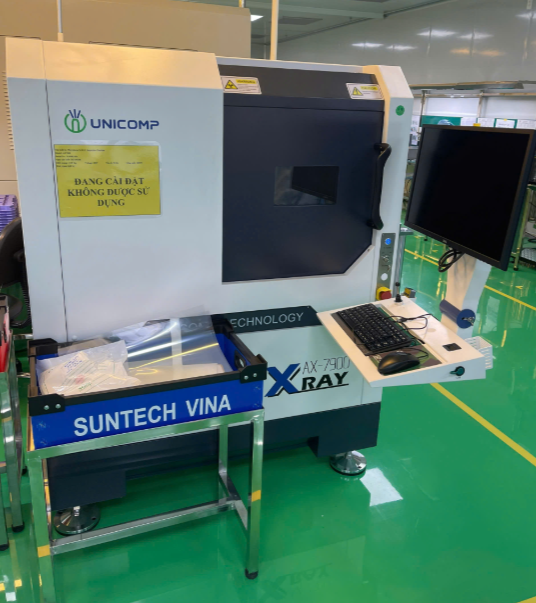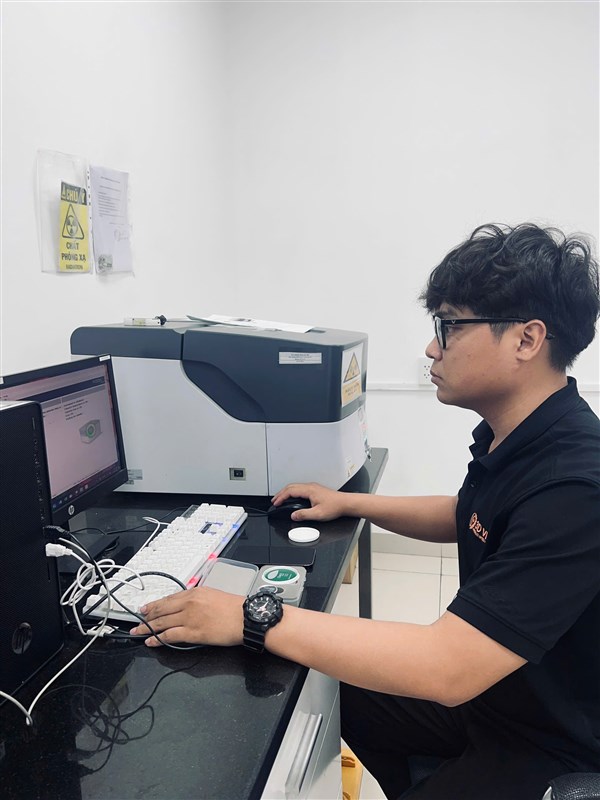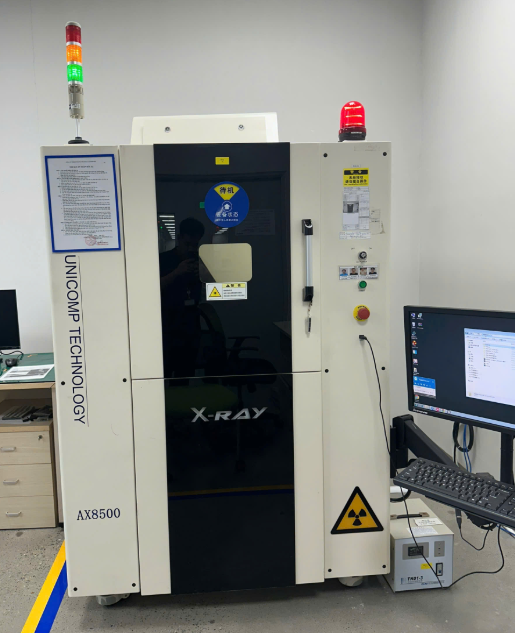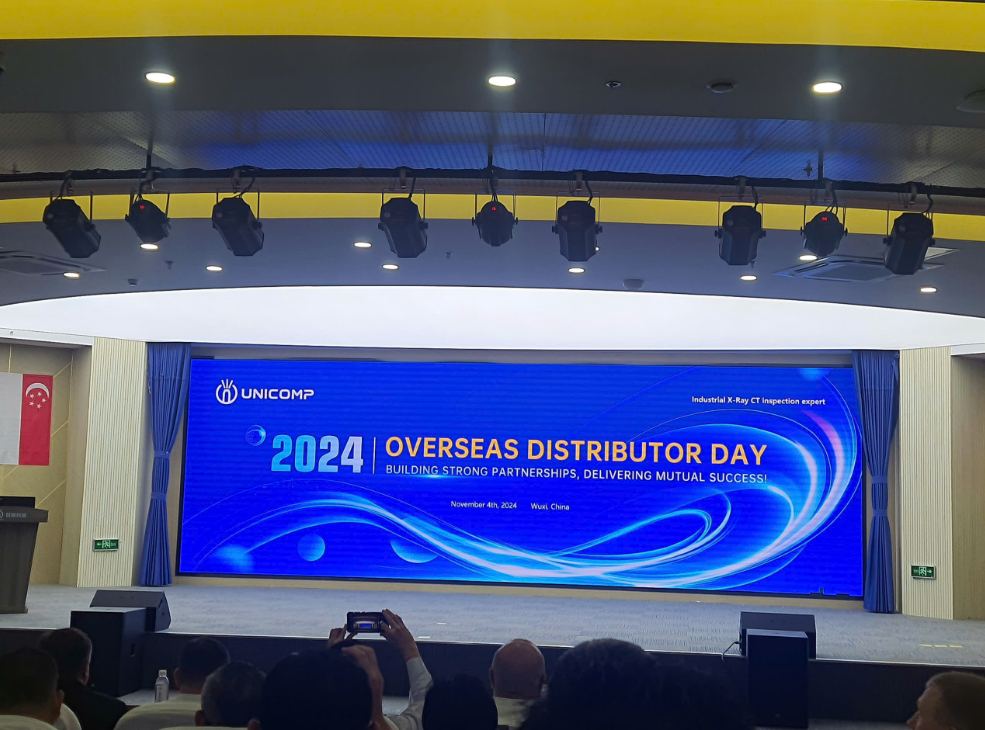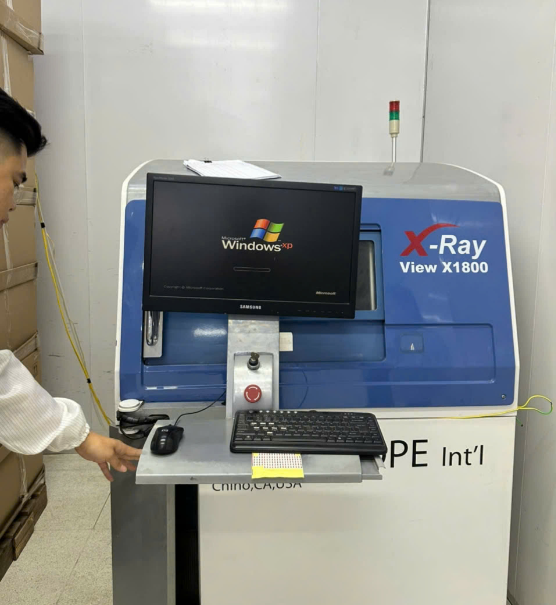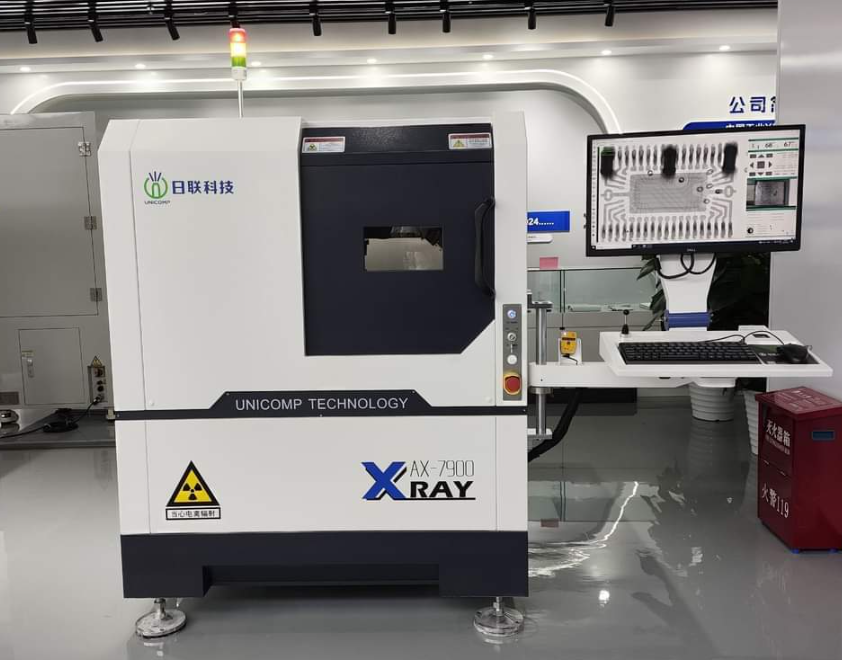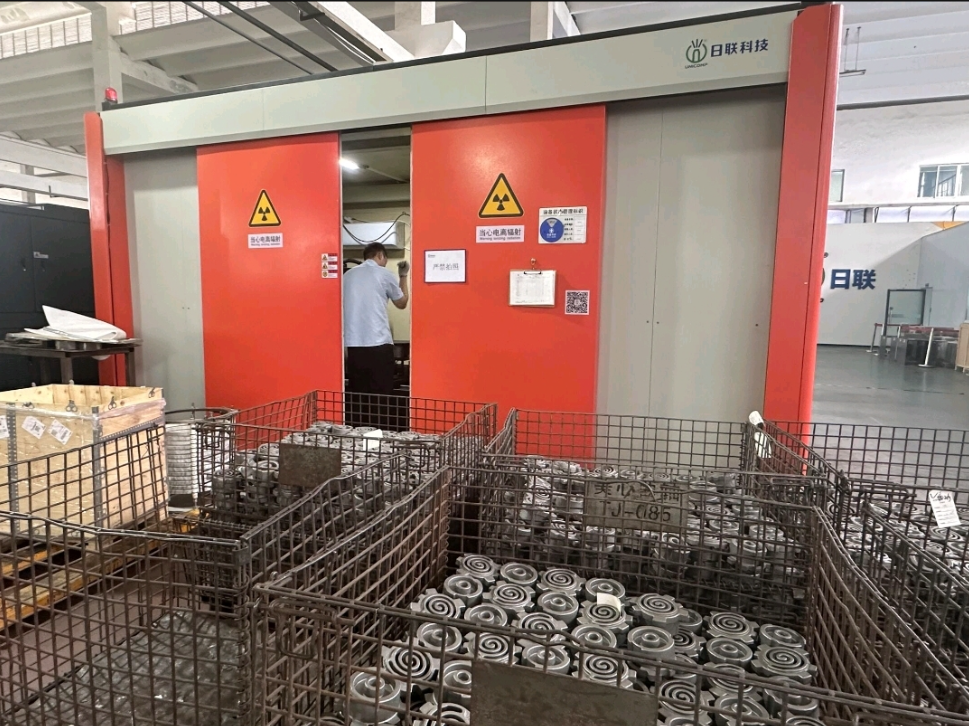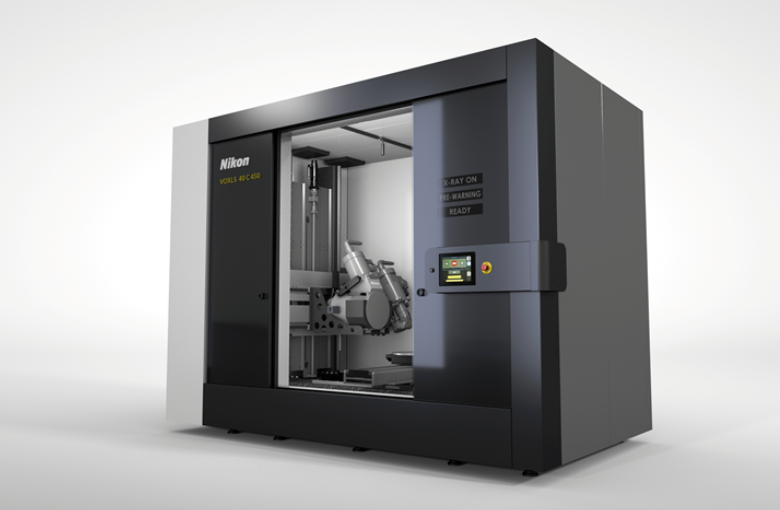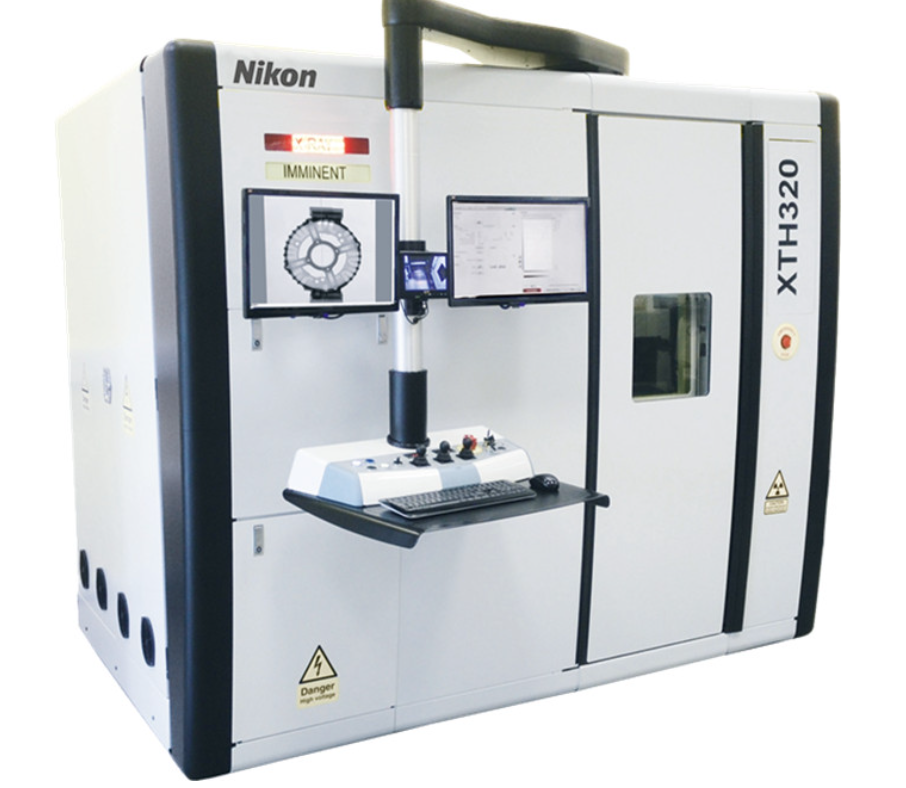The inspection of very large or dense structures represents one of the biggest challenges for nondestructive techniques. For such objects, a particularly powerful technique is muography, which makes use of free, natural cosmic-ray muons. This technique has been applied to provide two-dimensional (2D) images of nuclear reactors. Recently, 3D algorithms developed for medical applications were adapted to the special case of muon imaging to derive density maps. The main difficulties relate to the size of the object and to the limited number of available projections.
.jpg) In an article published on science.org reported on the first 3D imaging of a whole nuclear reactor, obtained without any prior information on its structure and using the largest set of muographic projections ever made in this field. Muography uses muons by tracking the number of muons that pass through the target volume to determine the density of the inaccessible internal structure. Muography is a technique similar in principle to radiography (imaging with X-rays) but capable of surveying much larger objects.
In an article published on science.org reported on the first 3D imaging of a whole nuclear reactor, obtained without any prior information on its structure and using the largest set of muographic projections ever made in this field. Muography uses muons by tracking the number of muons that pass through the target volume to determine the density of the inaccessible internal structure. Muography is a technique similar in principle to radiography (imaging with X-rays) but capable of surveying much larger objects.
Imaging methods using artificial sources face several limitations, such as low penetration (x-ray and neutron) or interpretation issues (radar). On the other hand, the muon imaging, or muography, can reveal the inside of the deepest structures and provide direct images like a penetrating photography. After the 2011 tsunami in Japan, it was used to check for the internal structure of the Fukushima reactor. 3D reconstruction can be accessed by combining several projections like in medical imaging.
The G2 reactor located in the CEA site of Marcoule is one of the first French nuclear reactors. It was built in the 1950s and worked between 1958 and 1980. It used natural uranium as fuel, a graphite moderator, and carbon dioxide cooling. A first dismantling process took place from 1986 to 1996 where the cooling systems were removed. Since 1996, the reactor has been regularly inspected, waiting for its final decommissioning. The graphite moderator forms a nearly cubic structure of about 9-m side with 1200 horizontal pipes for the fuel. The moderator itself is contained in a 34-m-long cylindrical concrete block with a diameter of 20 m. The cylinder lies on a concrete base with an open area below the reactor. The G2 environment thus permits the installation of instruments below and around the reactor, inside a large metallic hall.
The paper presents a full 3D reconstruction of the reactor using only muon data combining 27 projections from four telescopes to derive the density map without any prior information on the reactor internal structure.

.jpg) In an article published on science.org reported on the first 3D imaging of a whole nuclear reactor, obtained without any prior information on its structure and using the largest set of muographic projections ever made in this field. Muography uses muons by tracking the number of muons that pass through the target volume to determine the density of the inaccessible internal structure. Muography is a technique similar in principle to radiography (imaging with X-rays) but capable of surveying much larger objects.
In an article published on science.org reported on the first 3D imaging of a whole nuclear reactor, obtained without any prior information on its structure and using the largest set of muographic projections ever made in this field. Muography uses muons by tracking the number of muons that pass through the target volume to determine the density of the inaccessible internal structure. Muography is a technique similar in principle to radiography (imaging with X-rays) but capable of surveying much larger objects.